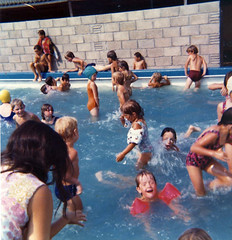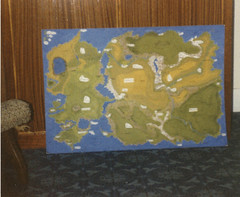And so to the crematorium
We’ll make our way again. This empty place
Full of names, shards like glass from broken
Window panes, and rain like thorns on roses.
To the waiting room where no-one sits
Where all the clocks have stopped to rub their hands
Where mourners recount the hour of the toll
And one by one swallow nothing whole.
Through the gates the headlights come, bearing down
On everyone who waits. Black slick night,
Shadows in no hurry for today or
Days that have passed. A nervous laugh
Hovers above the breathless chimney stack
A graceful scar upon the tumbling sky
The bird floats high by dint of searching eyes
And dives. Gone as if it never was at all.
We greet old friends and those still unknown
With half-suppressed expressions. Like uncertain
Lovers in love’s first encounter; a chain-gang shackled
By the things we should remember, we walk
Towards the chapel. We follow the pipes
That bellow death in gentle slumbered tones
And take our seats with strangers; our only
Child in common has seen the flame and blown.
We hide in the order of service
Words of hymns that nobody knows, rising from
The page like cat-pawed moths, flitting round a
Hopeful bulb. Then at last the curtains close
To hide the cheap illusion. Some close their eyes.
Some stand with hands clutching their tears
Like summer drinking rain. Then all go home
Beyond the flowers, until it’s time again.


















































